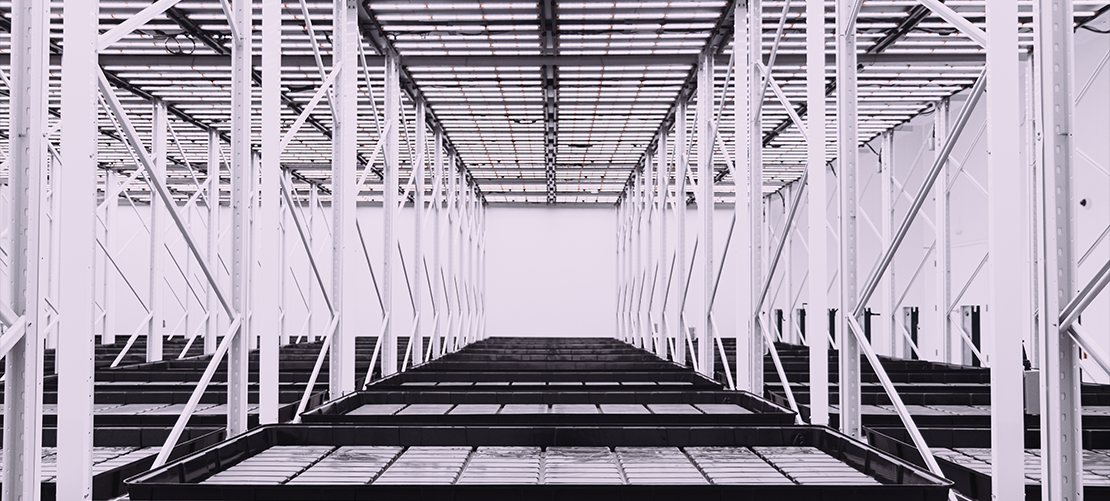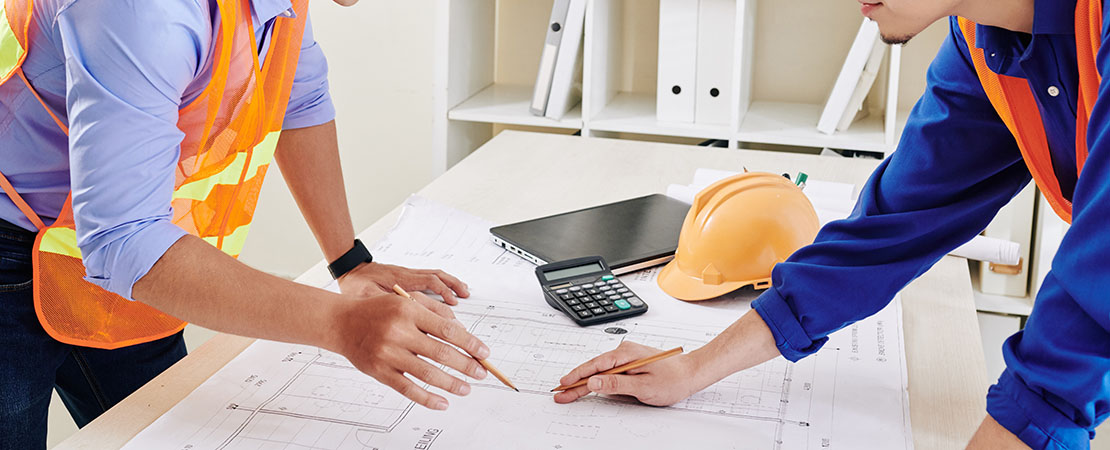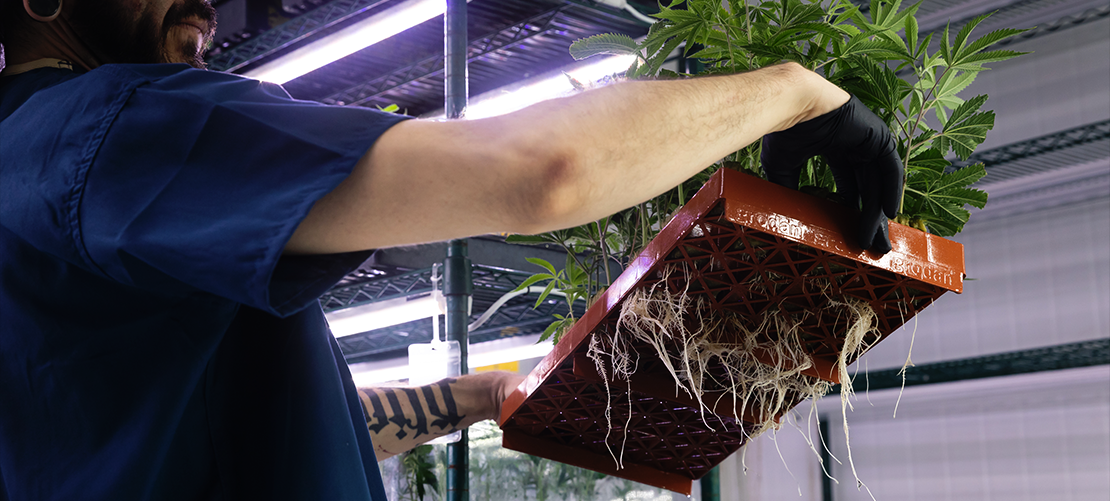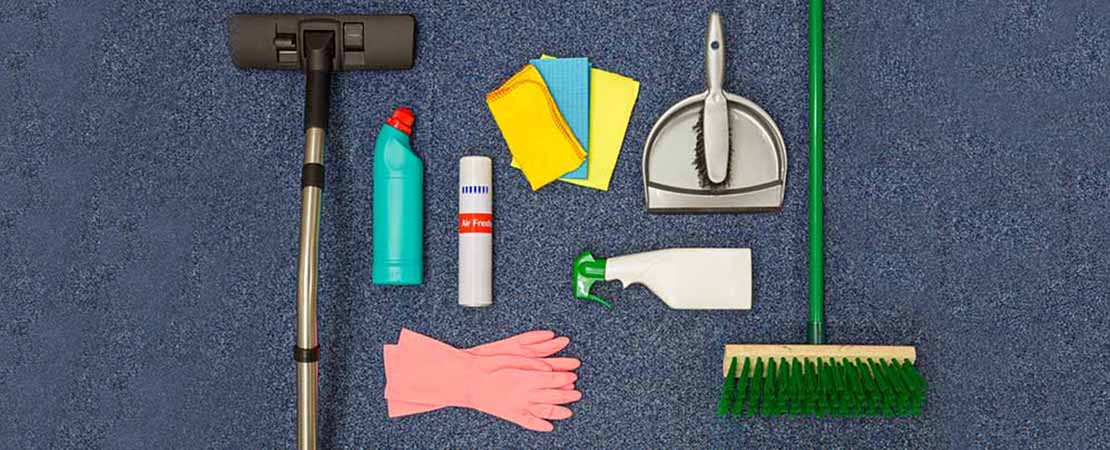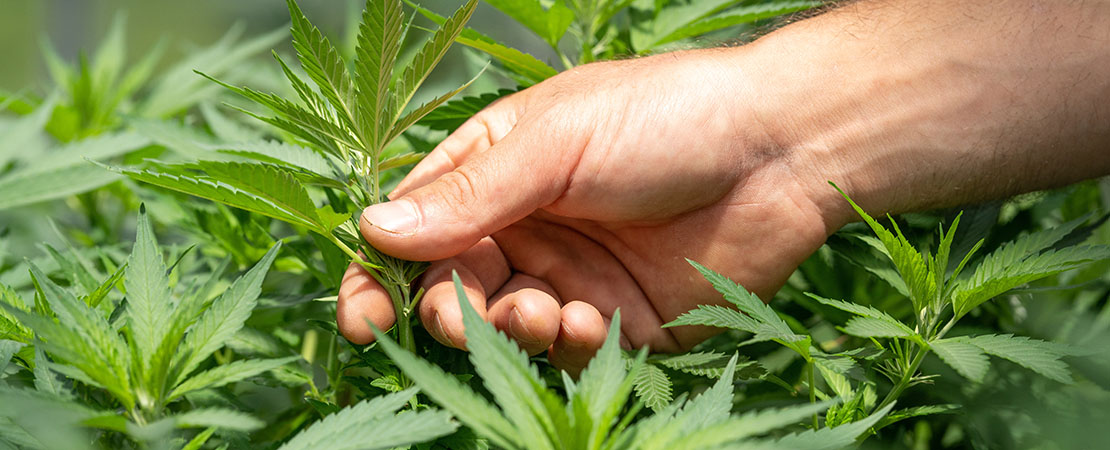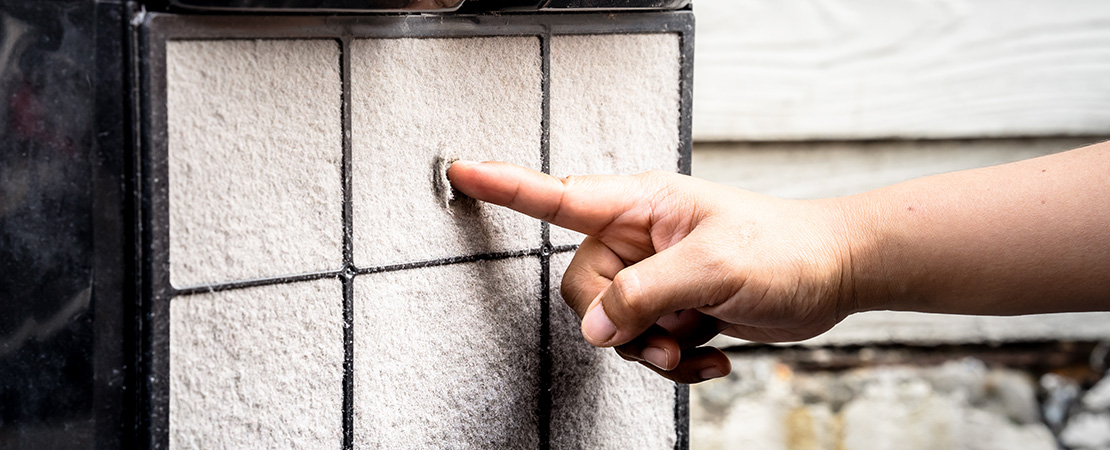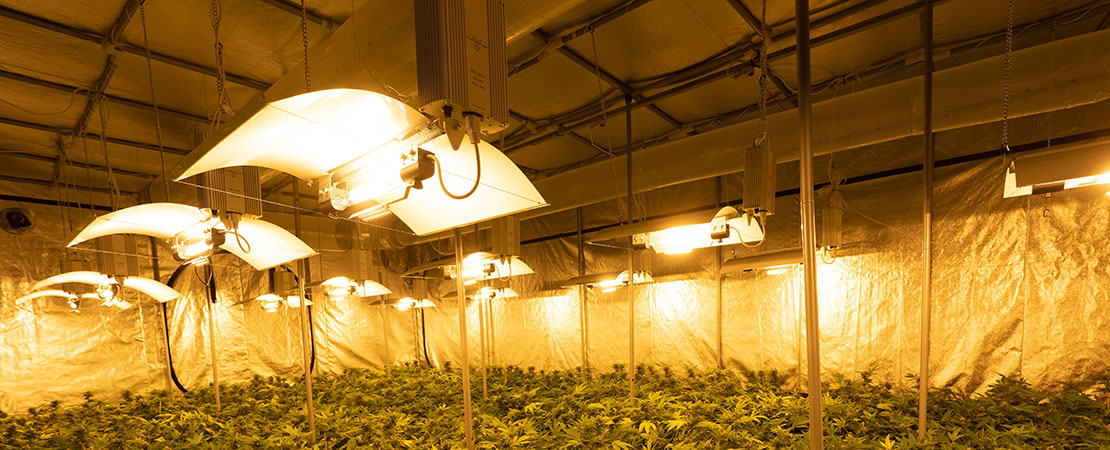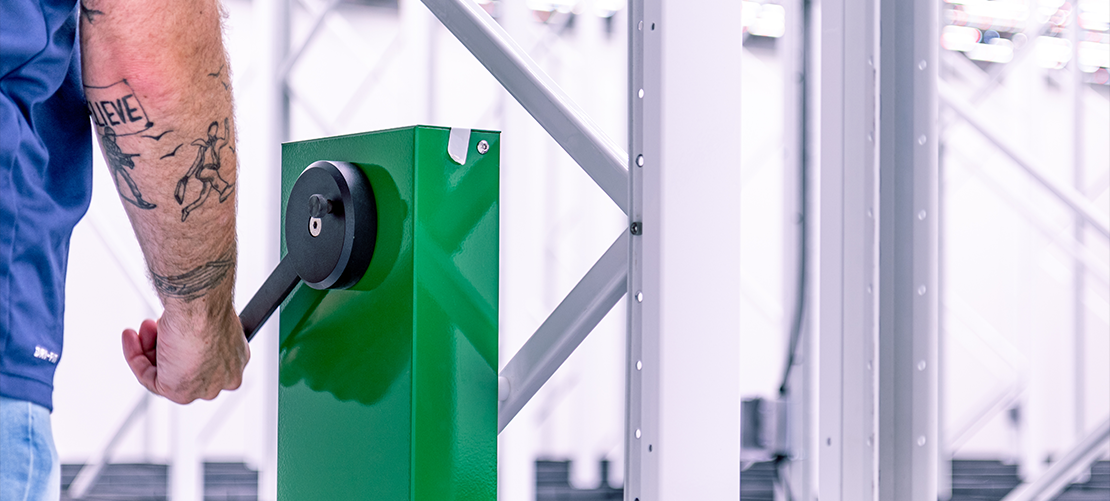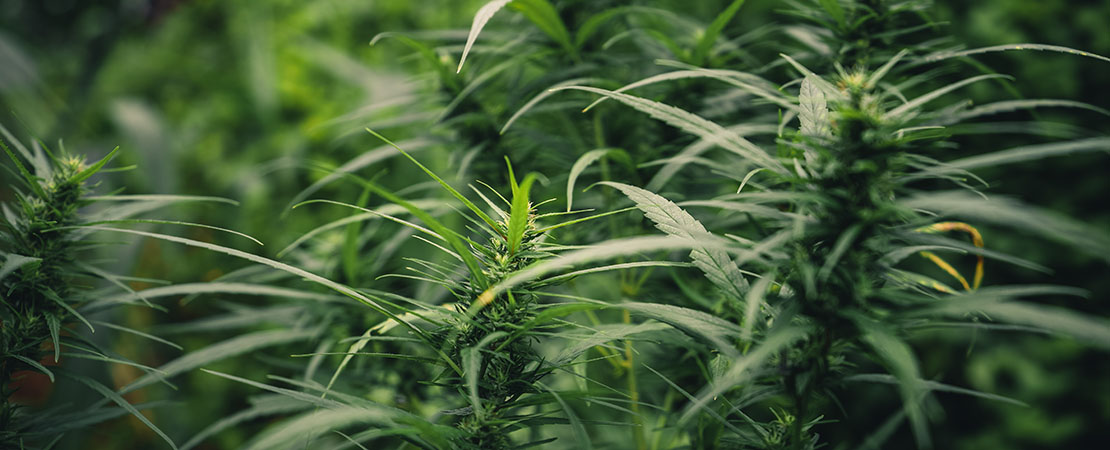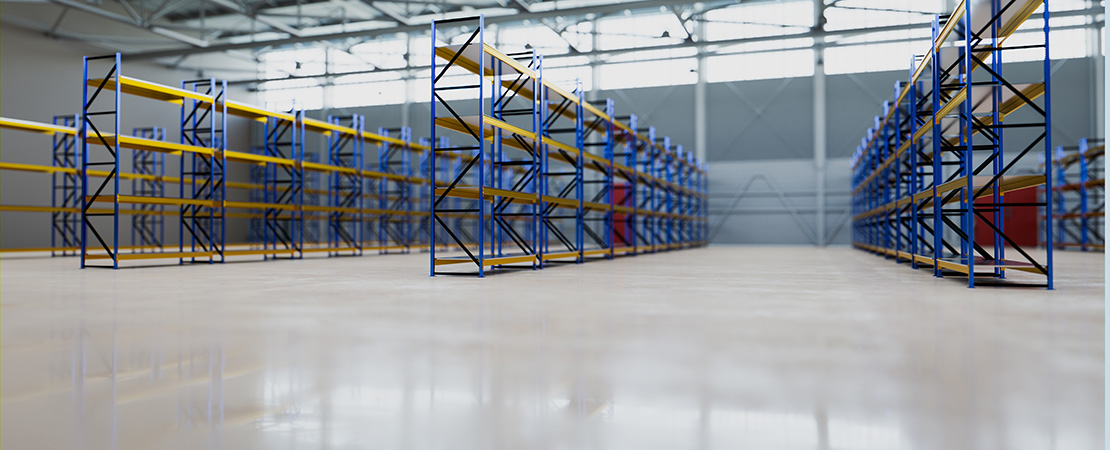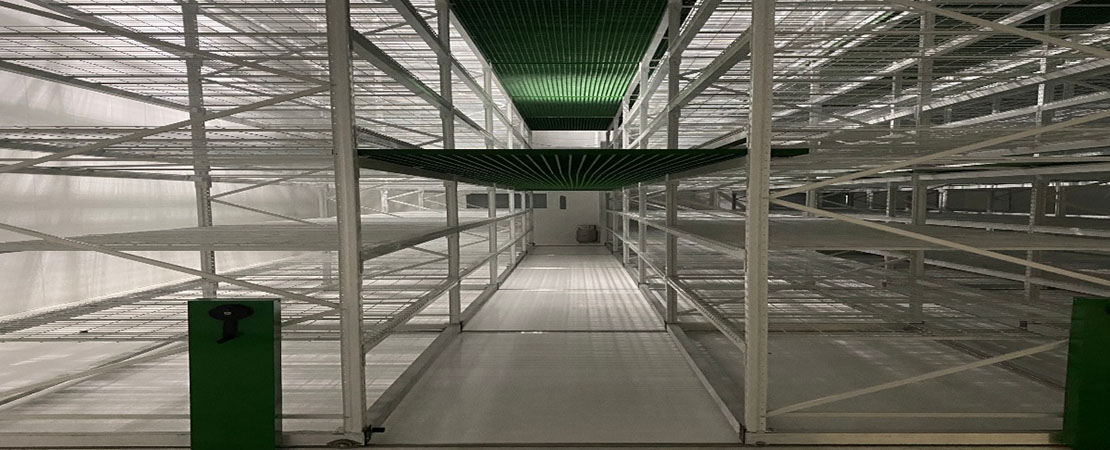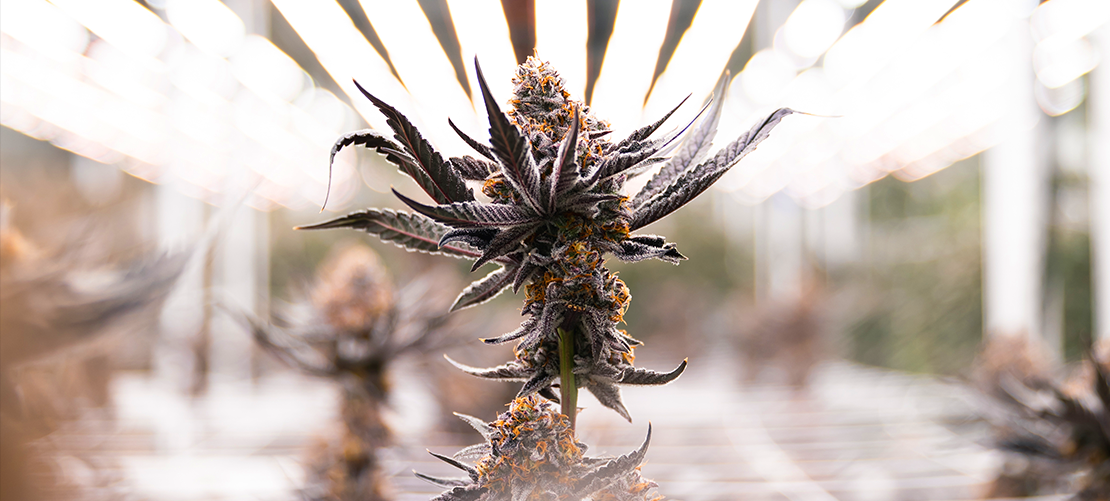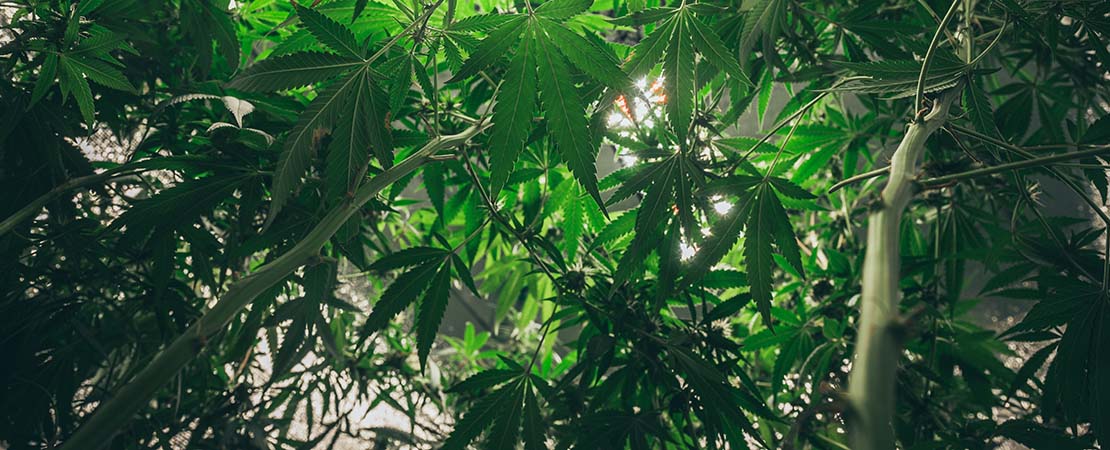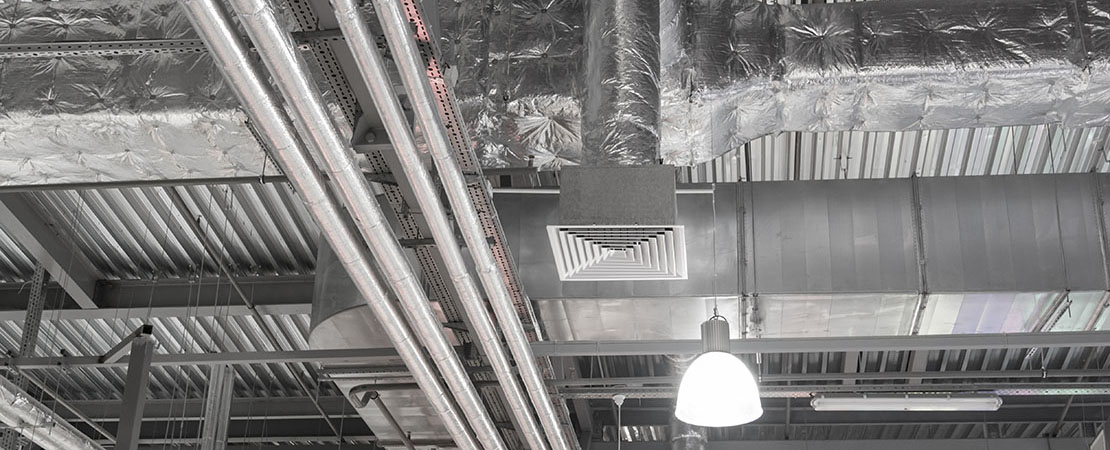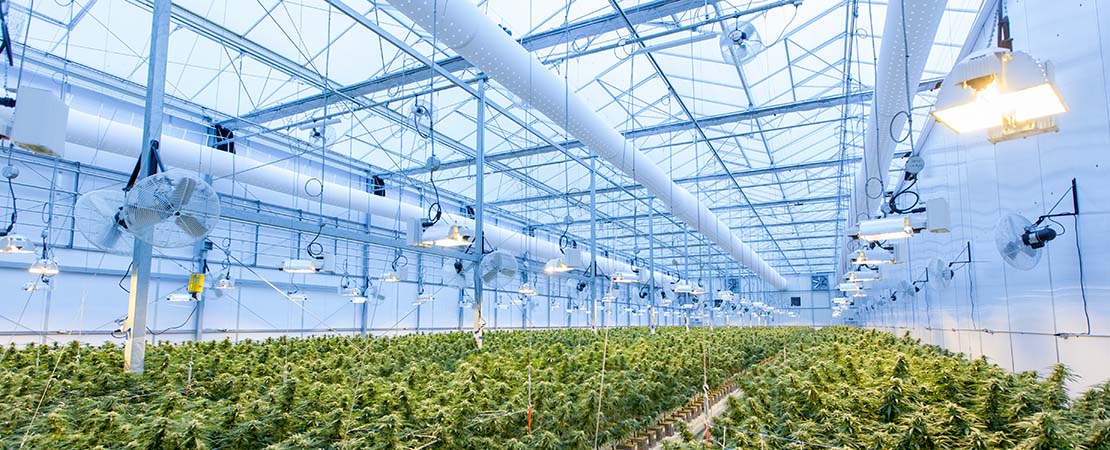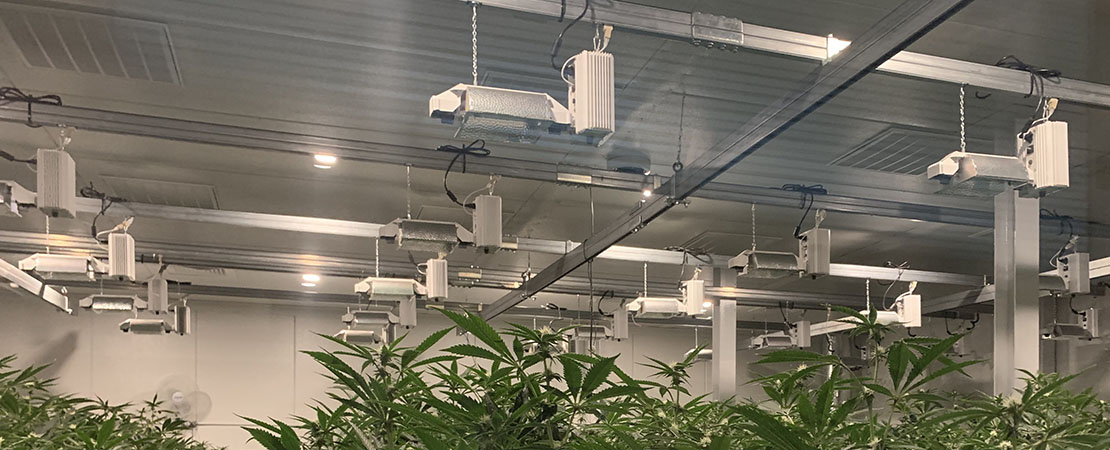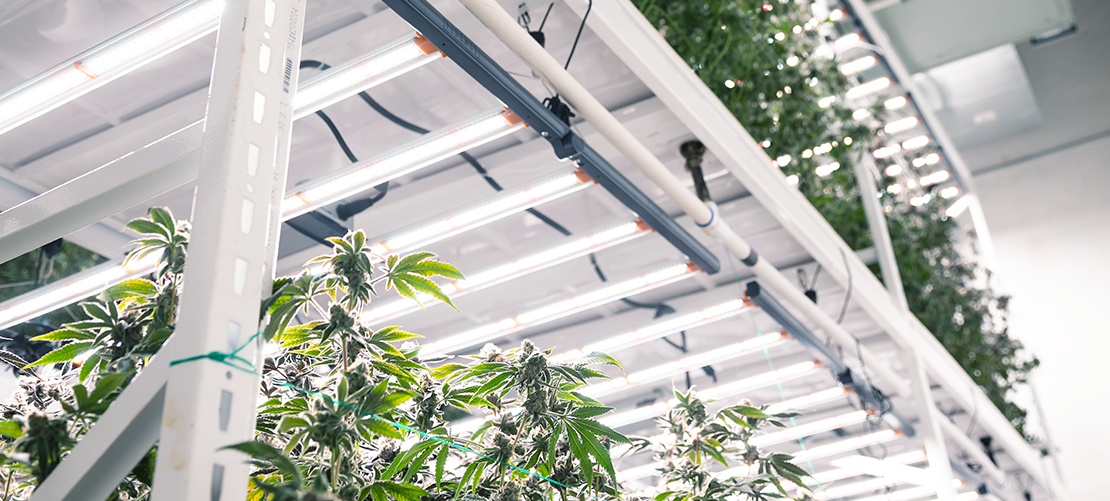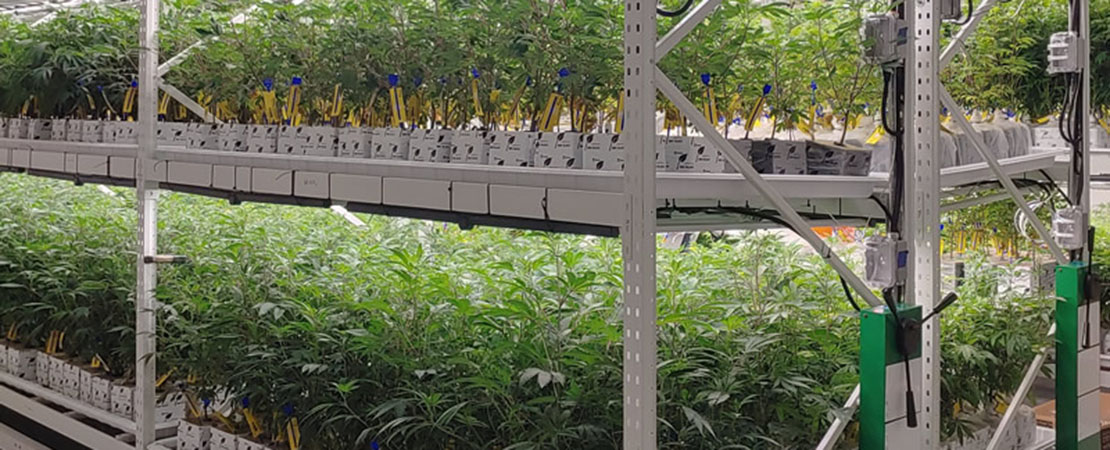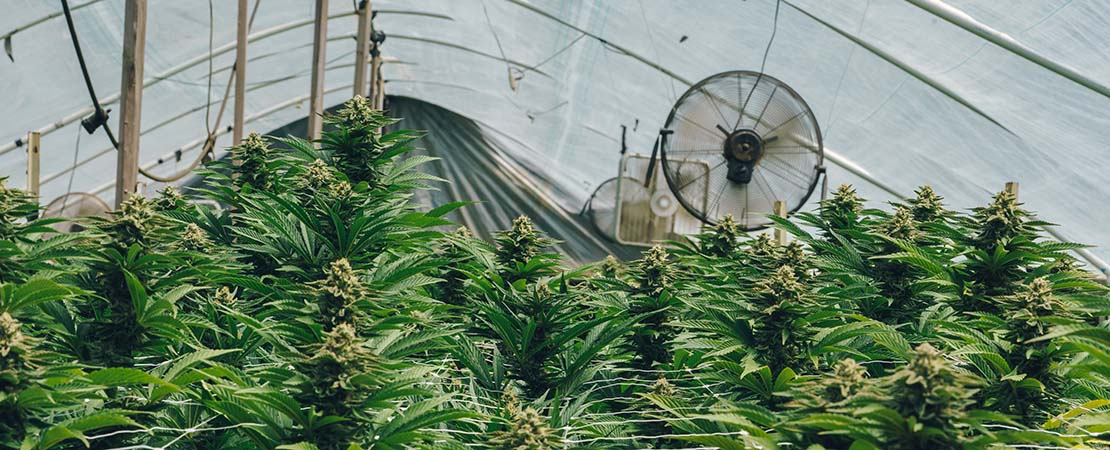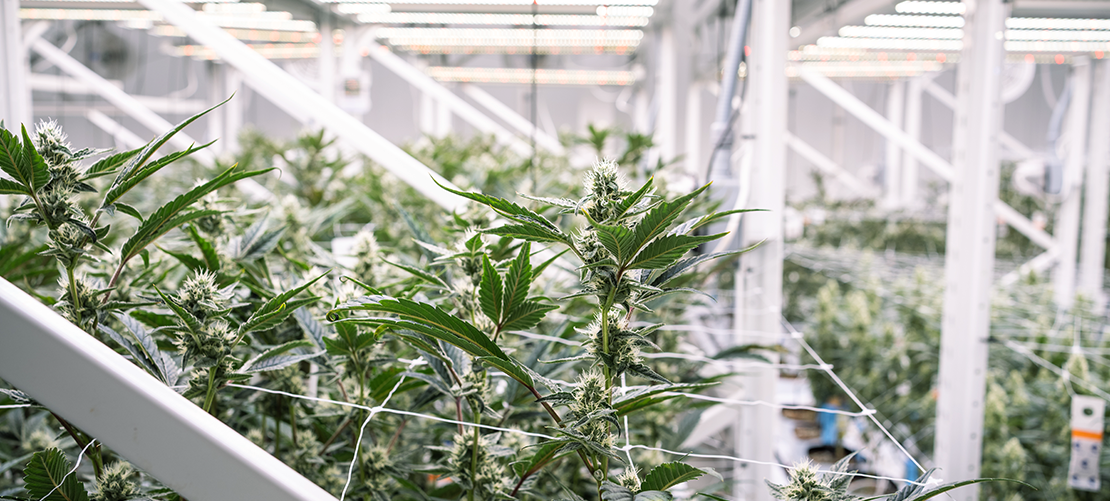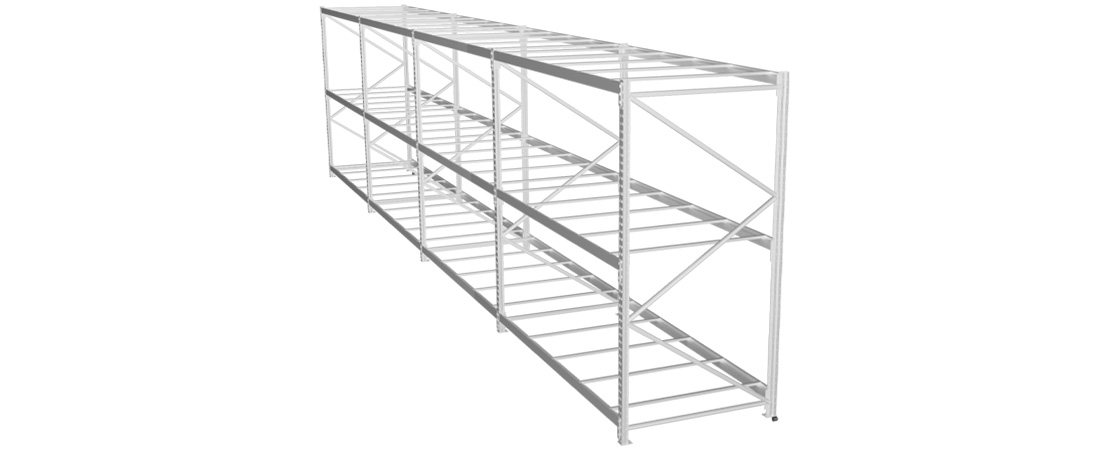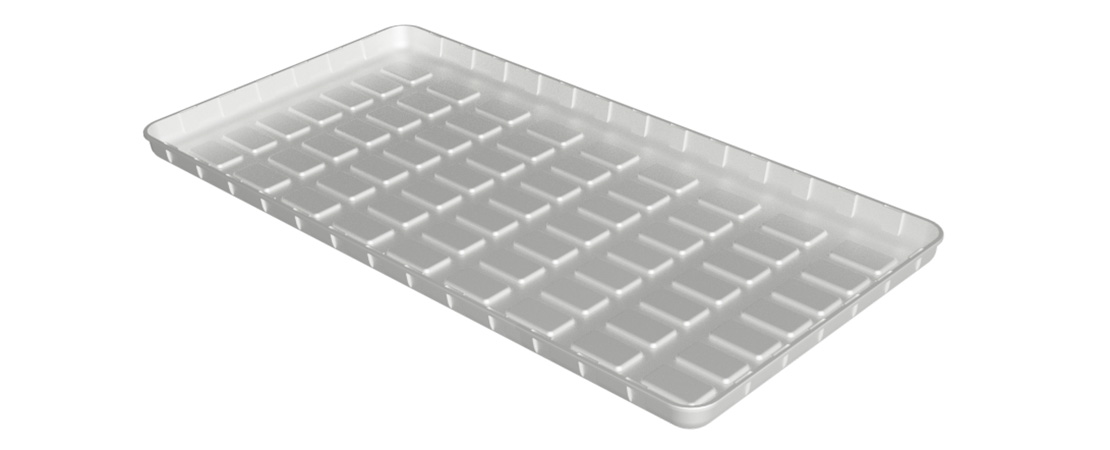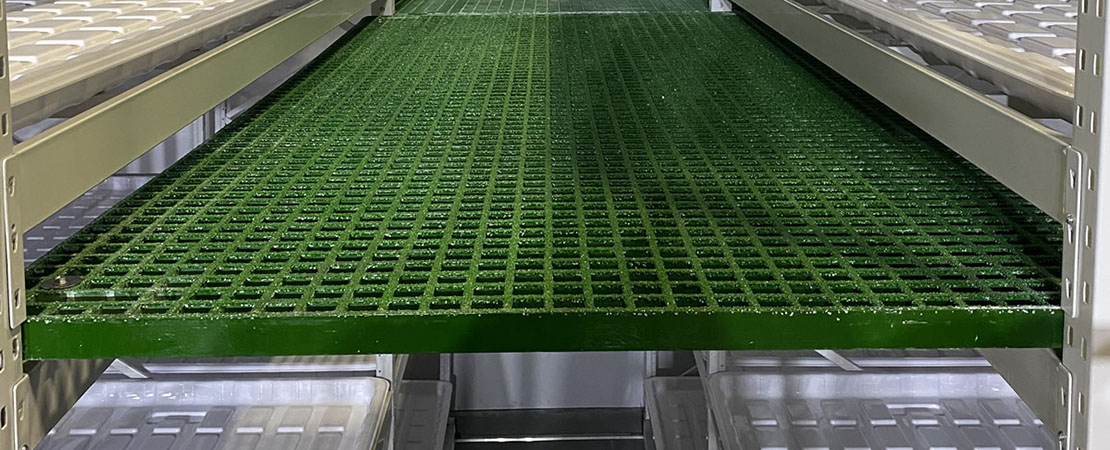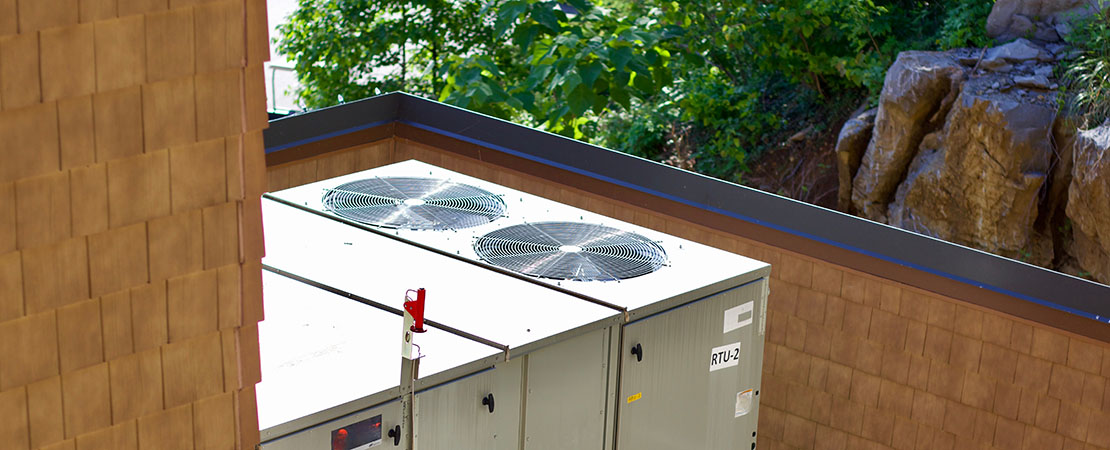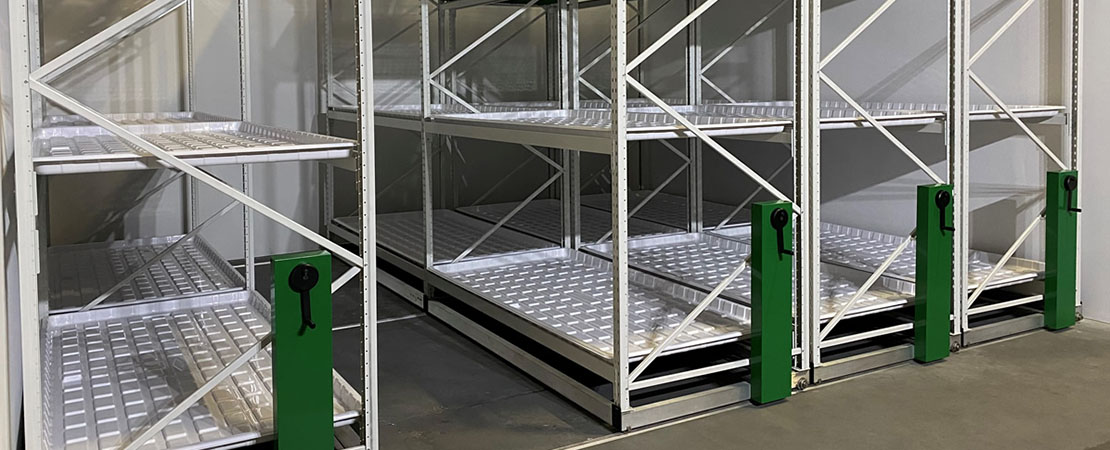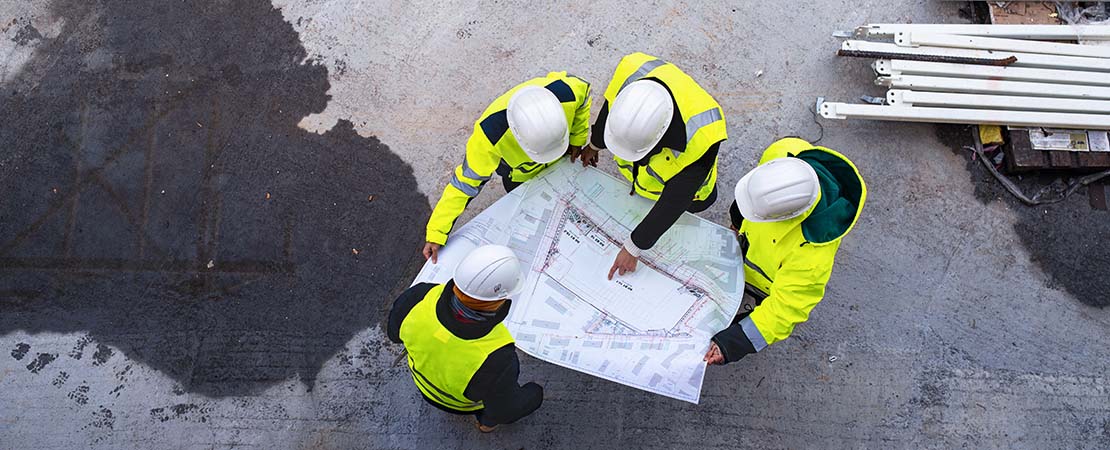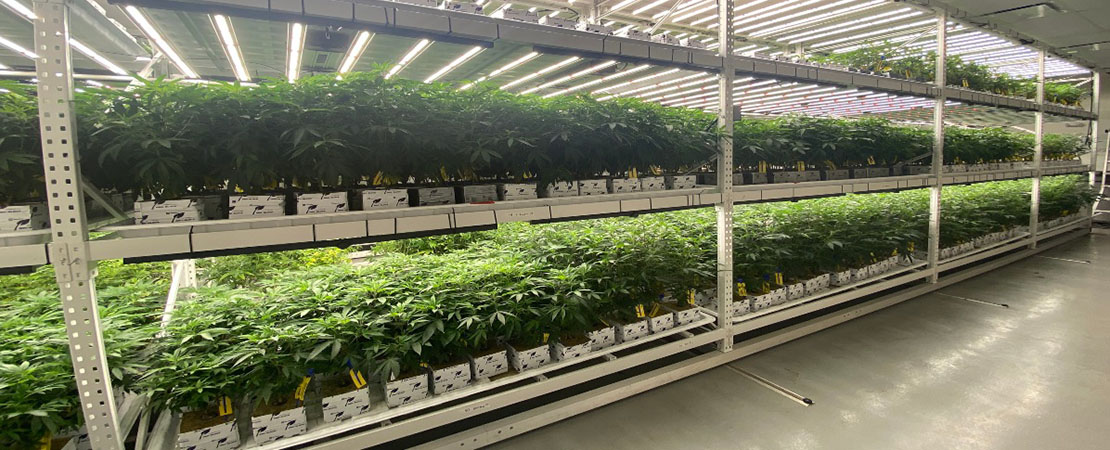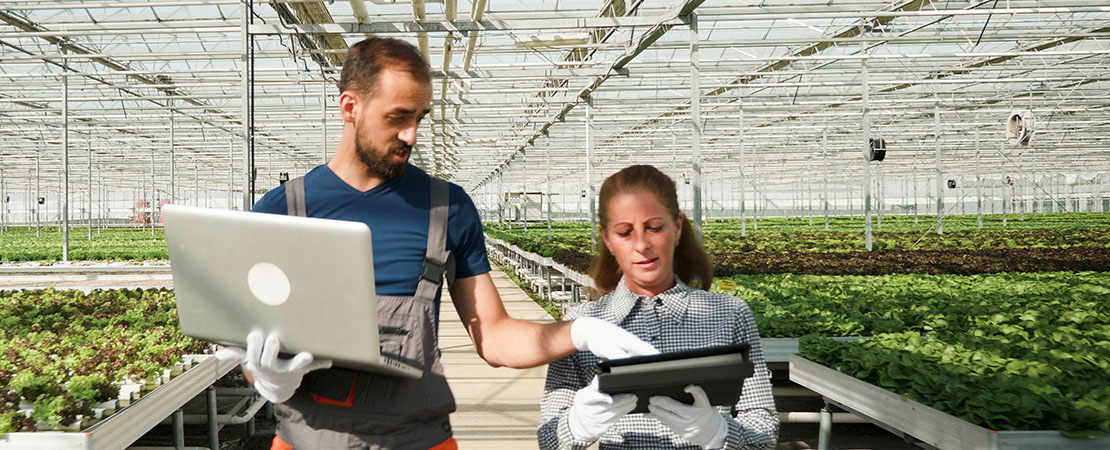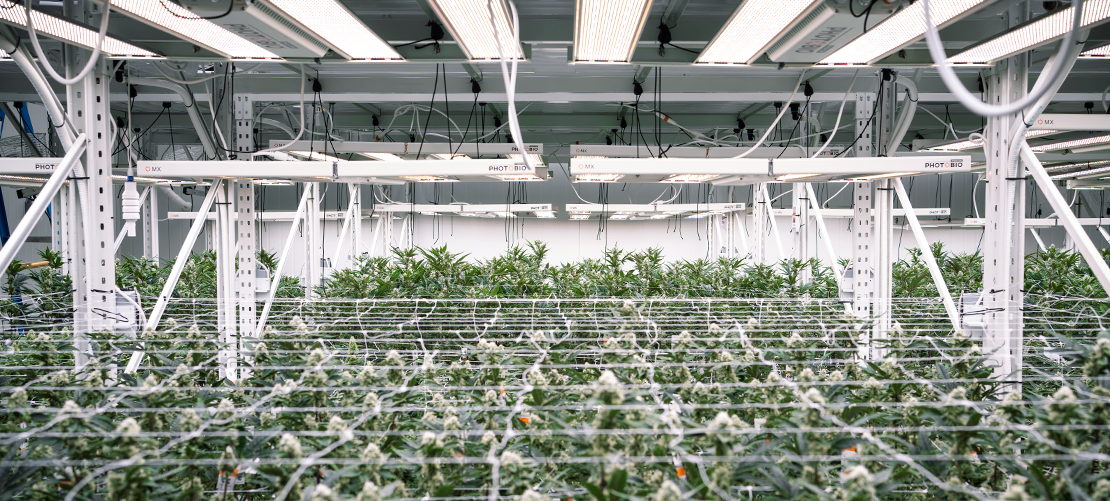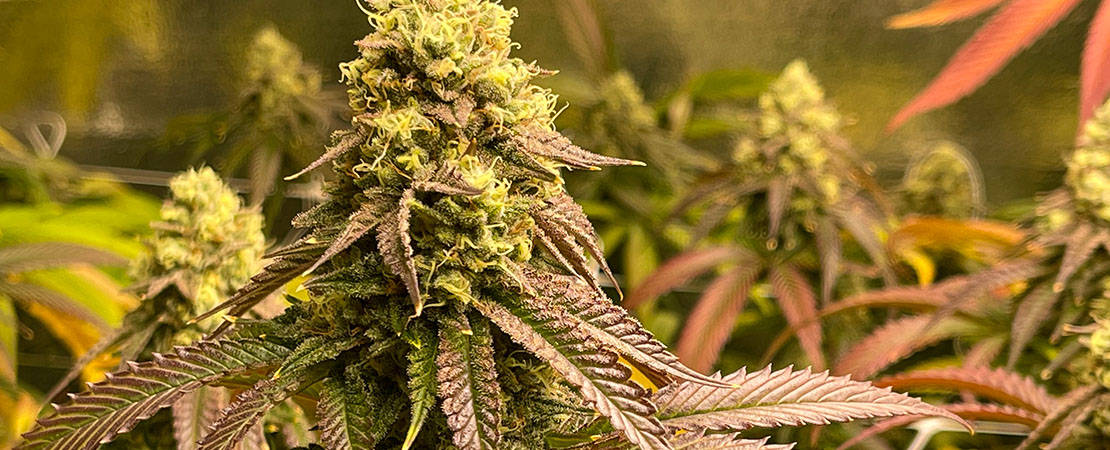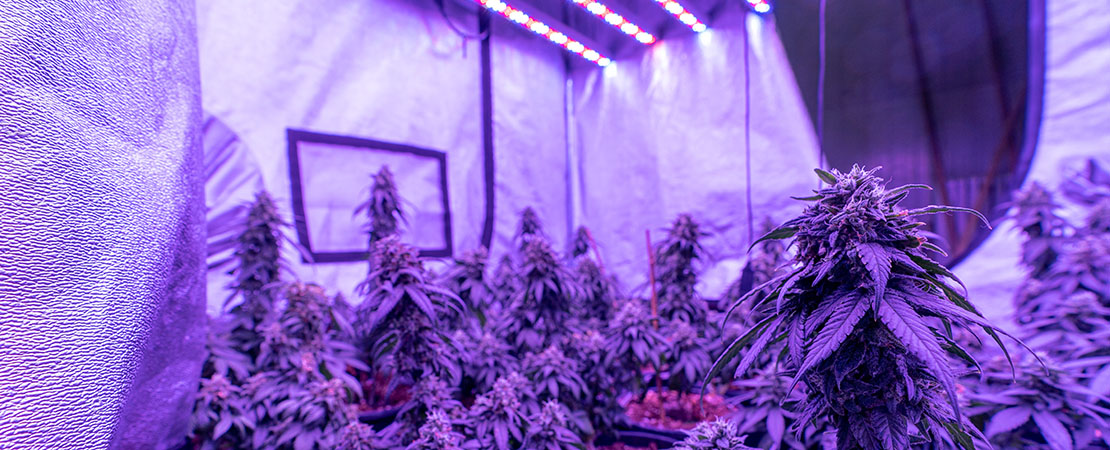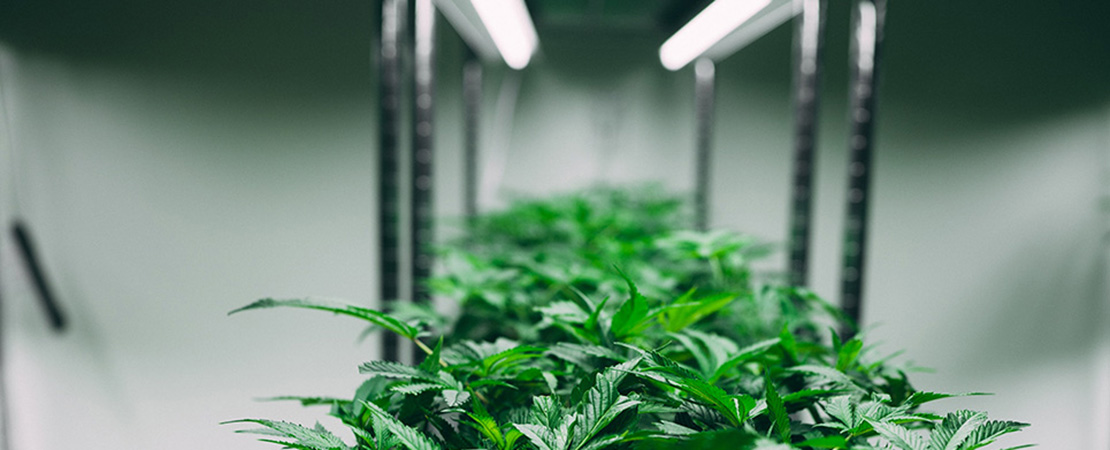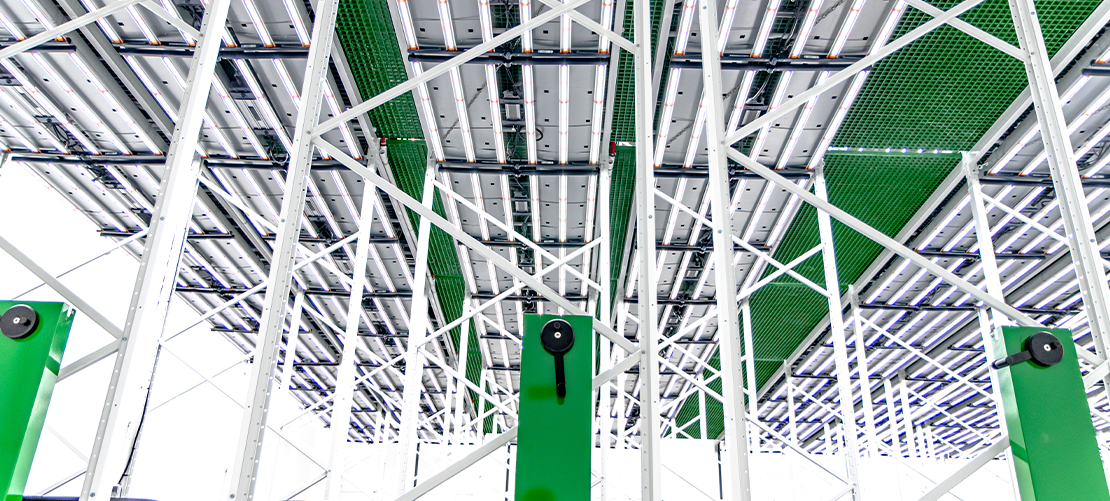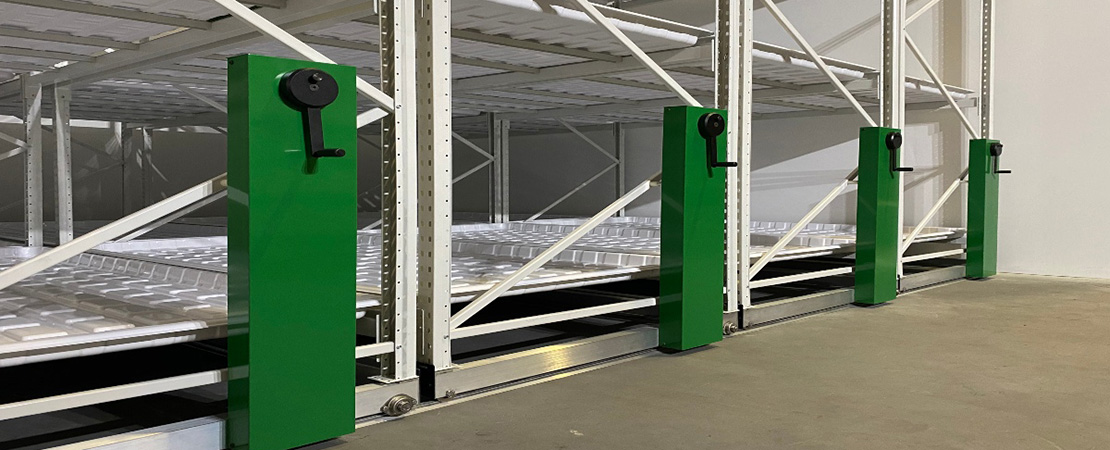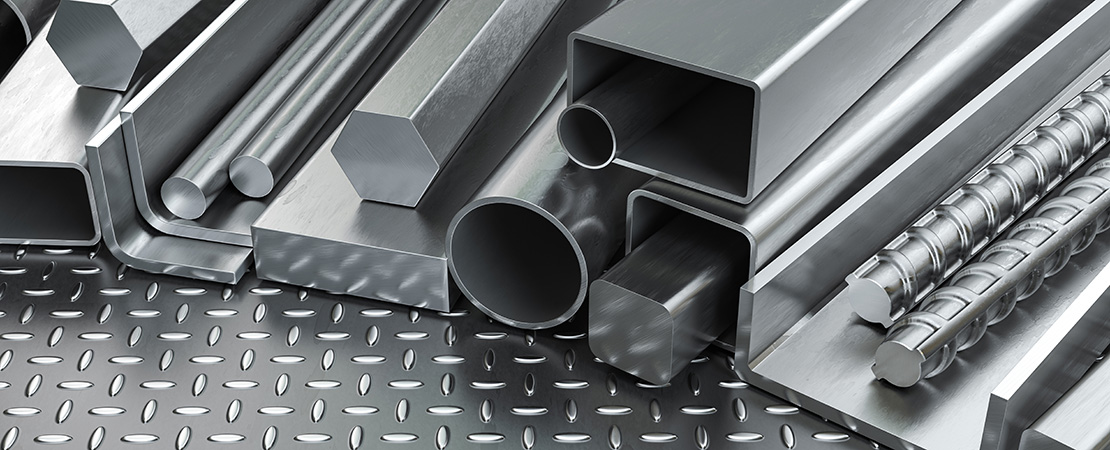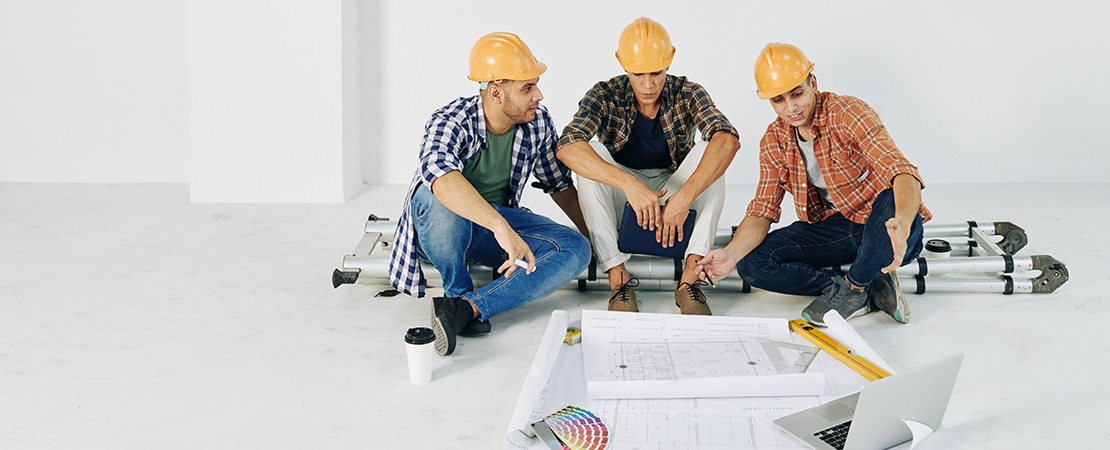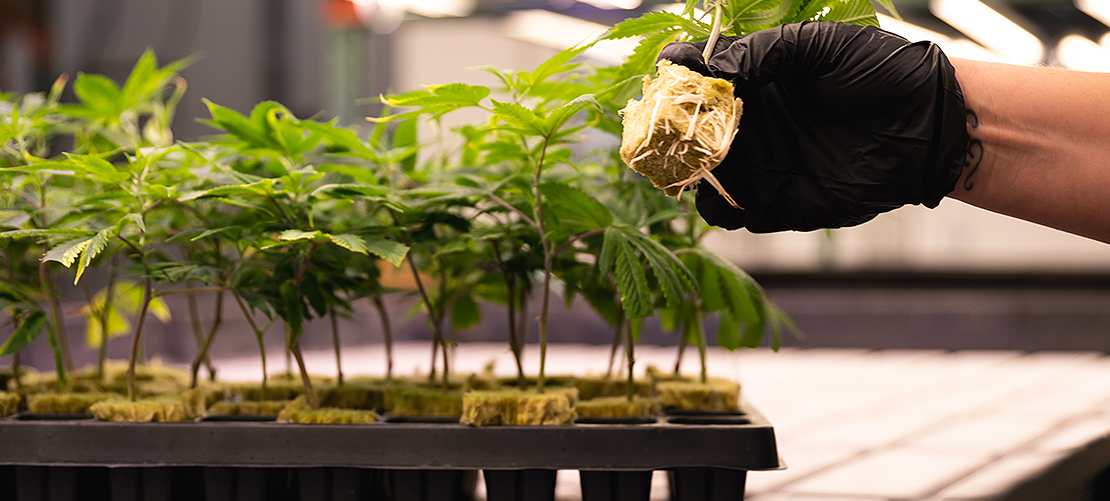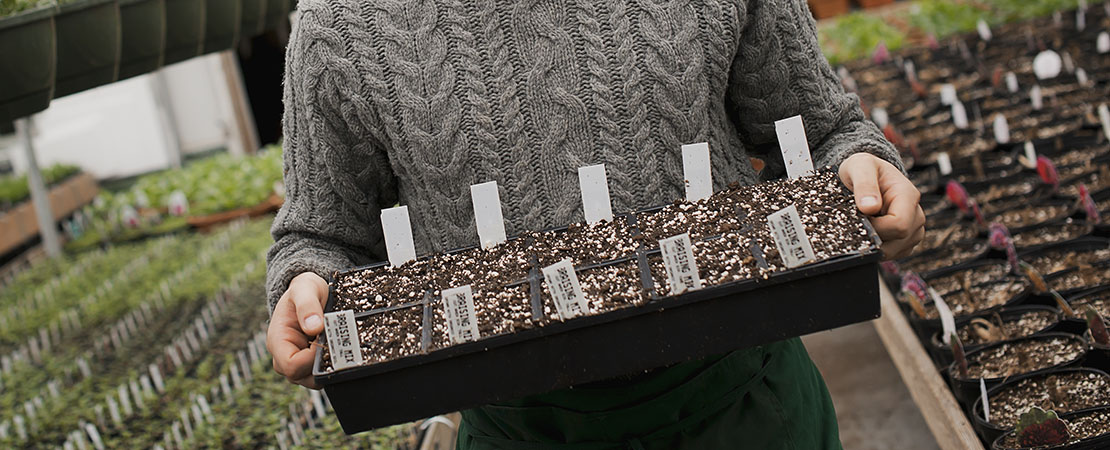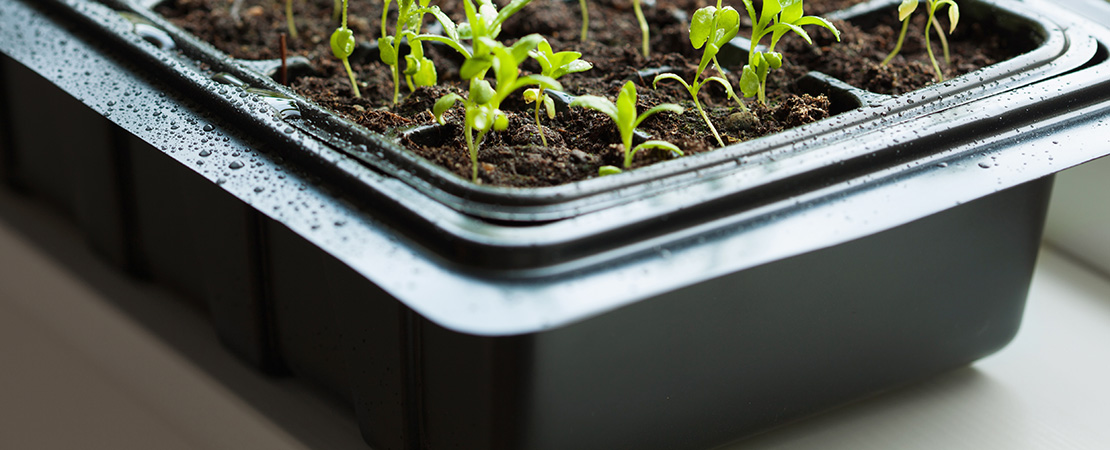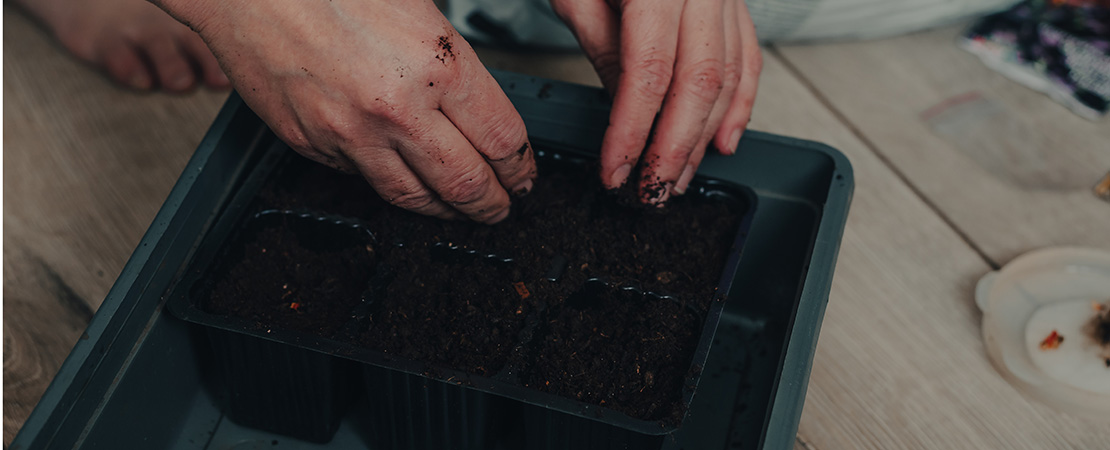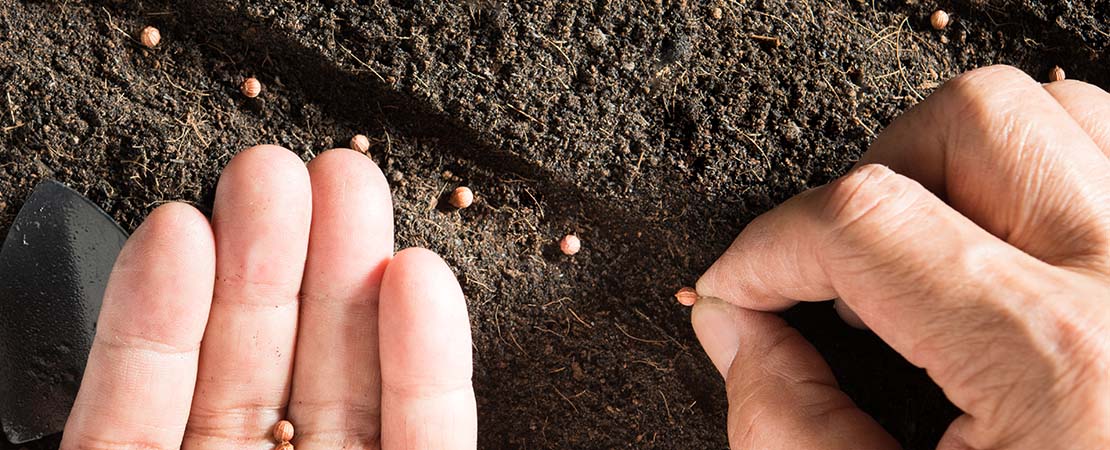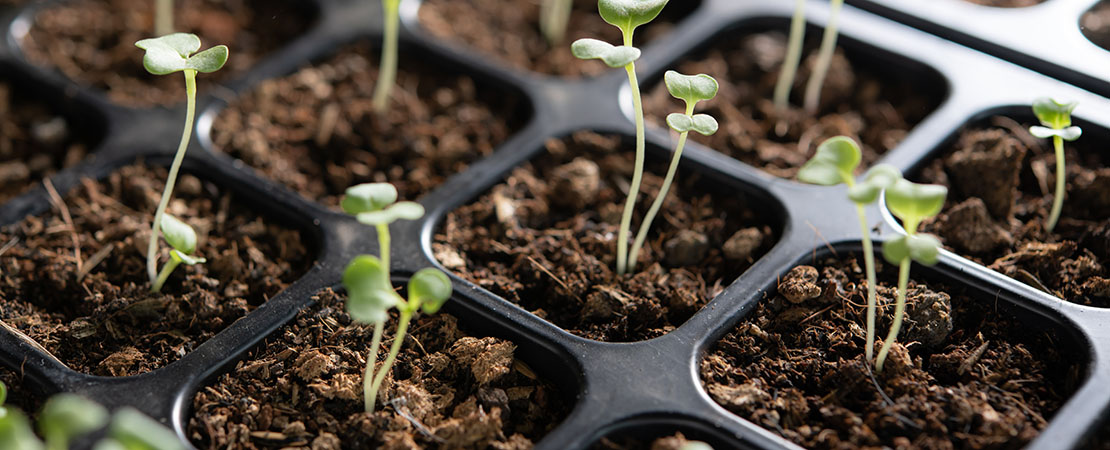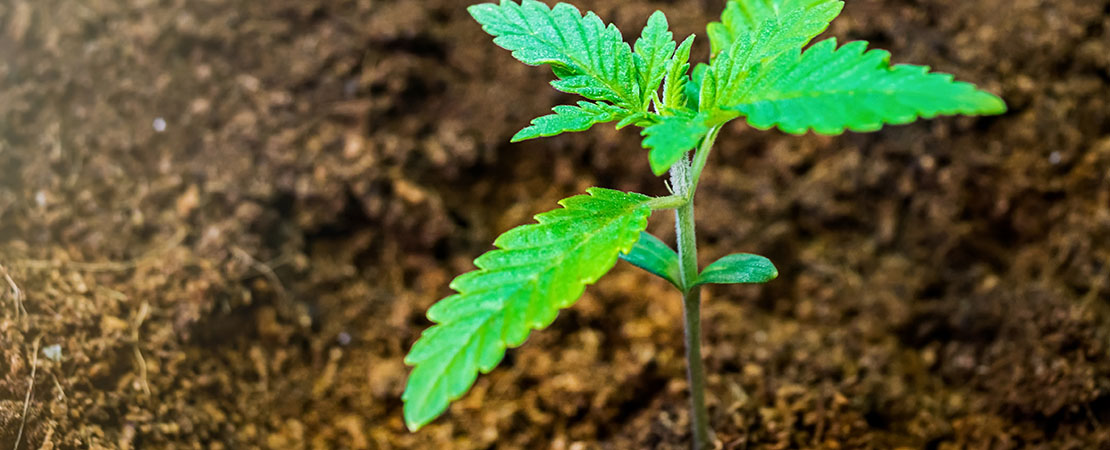All You Need to Know Before Building a Cannabis Indoor Commercial Grow Room
When setting up an indoor commercial grow room, your success depends on optimizing your resources. Your design, equipment, grow system, and utilities need to be utilized most efficiently to ensure good profits.
The cost incurred with building an indoor commercial grow room is high; therefore, a proper setup will ensure a commensurate or even higher ROI.
There are various grow room types, such as grow closets, tents, and cabinets. These are for small scale to medium size businesses. However, if you want to get the big bucks, a commercial grow room utilizing vertical growing equipment in warehouses or skyscrapers is your best bet.
Warehouses are ample spaces for growing your cannabis, while a vertical growing system helps you maximize the space per square footage both vertically and horizontally.
Moreover, indoor commercial cannabis growing simulates the outdoors environment, which necessitates the strategic placement of various weather conditioning equipment in an otherwise well-designed grow room.
When launching a cannabis commercial grow room, important considerations include costs, design, and grow equipment.
Indoor Commercial Grow Room Build Setup Costs
According to Marijuana Business Daily, the average startup cost for a professional indoor grow room is about 75$ per square foot, versus $10 per square foot for an outdoor grow.
Indoor cannabis commercial growth is a costly option that must be managed with care to avoid wastage or losses. Despite its high price tag, it regularly produces high-quality crops compared to outdoor growth.
What are some of the costs of setting up a commercial grow room?
1. Climate Control
The health of your crops is heavily impacted by the climate control equipment set up to manage the humidity, temperature, and air circulation of your grow space.
This equipment involves purchasing dehumidifiers, CO2 burners, fans, and other ventilation equipment, which can drive up initial costs.
2. Lighting
Some commonly used grow lights include HIDs and LED lights. HIDs are cheap but emit a lot of heat, while LEDs have a higher price point but emit less heat. The heat that HIDs release may increase climate control costs, while LED lights can help you save money.
Therefore, the lighting system you select for your professional grow room might significantly impact your overall operating expenditures.
3. Shelving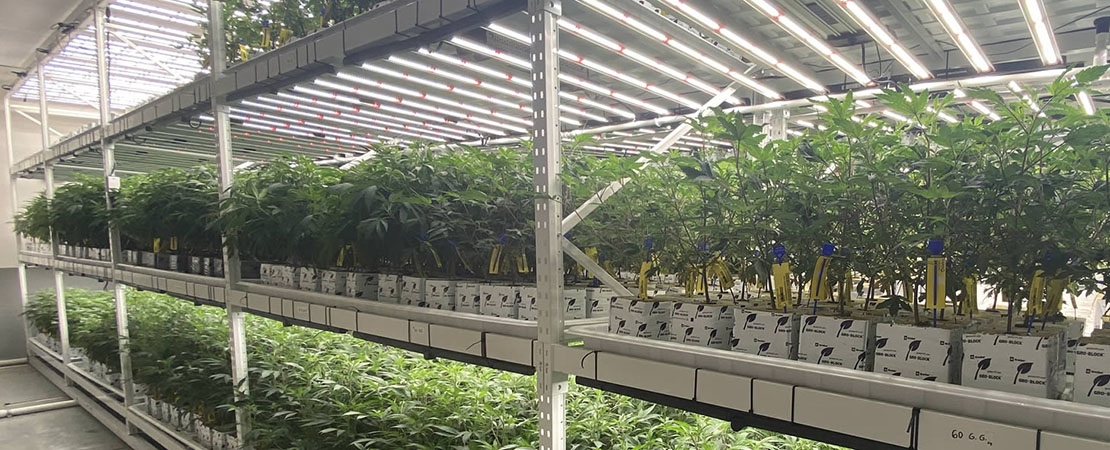
Commercial cannabis indoor cultivation is cost-effective when incorporating vertical grow systems. Vertical grow racks give you shelving on multiple tiered grow space, helping you utilize what would otherwise be wasted overhead space. Moreover, you maximize installed ventilation systems getting you more bang for your buck.
4. Rent
A large facility offers the opportunity for increasing canopies but at the cost of higher rent. Therefore, it becomes prudent to utilize every square inch of precious grow space using mobile carriages.
Mobile carriages are portable, heavy-duty vertical racks that allow you to establish aisles just when tending to plants, saving on space. When compared to fixed systems (which create static aisles), you only need one aisle in your space, improving the ROI on your real estate.
5. Consumables and Irrigation Equipment
You’ll need to regularly restock materials like fertilizer, insecticides, and cleaning / sanitizing agents to keep your professional indoor cannabis operation working smoothly.
For maximum productivity and efficiency, you’ll also need a budget for an automated irrigation system that includes reservoirs, submersible pumps, and a water distribution system.
Cannabis Indoor Commercial Grow Room Design
How can you get the best of your indoor facility design to optimize your grow space?
6. Create a Design That Is Energy Efficient
HVAC and lighting are among the two most expensive components of a grow room. LED lighting technology can help you save nearly 50% on your HVAC bills hence demonstrating a link between the two technologies with costs incurred.
Vertical shelving systems also improve the grams per wattage per square footage. Energy conservation measures while leveraging vertical growing systems save energy costs.
7. Optimize for Labor
A good workflow should be considered while designing a professional grow room. A good layout should have a decent arrangement from cultivation to harvest. For example, the trim, dry, and cure rooms should be next to each other for seamless processing of crops.
The irrigation, lighting, and ventilation systems should also be automated to eliminate redundant procedures. Moreover, the vertical systems should incorporate workflow solutions such as the mezzanine walkway for reaching higher-up crops.
8. Allow Your Grow Style to Determine Your Layout
The design will differ whether opting for horizontal or vertical farms for your commercial grow room. Professional indoor growing aims to maximize the canopy cover without the need for costly future customizations.
Vertical farming is a bona fide money-saving option, and an experienced installation company can assist in the creation of a detailed design that eliminates the need for costly adjustments.
9. Consider an Experienced Vertical Farming Systems Company
It’s easier to work with a consultant who understands the jargon of architects and engineers than to deal with the design work yourself.
Also, compared to a ‘street’ architect, an experienced vertical system installation company is familiar with the system and can provide a better layout.
In fact, the major issue with indoor growing is there are no set guidelines to govern the designing of commercial cannabis grow spaces. Therefore a professional vertical farming consultant experienced in the systems design work and installation service can give you the rock-solid results you require for your commercial grow room.
Cannabis Indoor Commercial Grow Room Equipment
What grow equipment do you need to get your commercial cannabis grow room started?
10. Indoor Commercial Grow Room Lighting System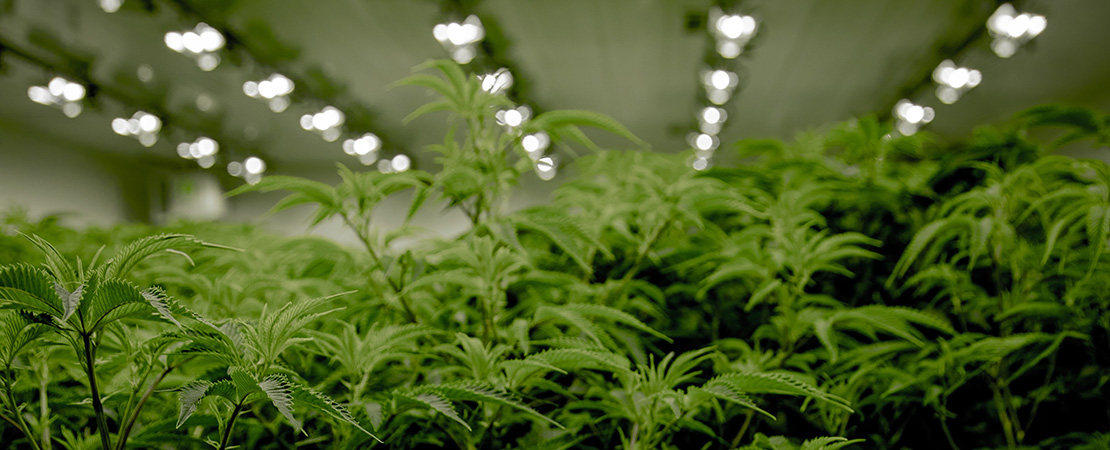
There are three types of lighting used in a grow room; fluorescent lights, high-intensity discharge lamps (HIDs), High-pressure sodium lights (HPS), and light-emitting diodes (LED).
The key to choosing the ideal lighting system is assessing the heat they emit, the proximity between your plants and lights for the case of vertical farming (as the heat may scorch the plants), and the cost of purchase and management.
Other associated types of equipment with lighting include ballasts and reflectors.
11. Indoor Commercial Grow Room Ventilation System
Fans that circulate air within the grow space are essential for the ideal ventilation system. In addition, it’s crucial to calculate the fan strength and determine the type of air intake, whether active or passive.
There’s also the exhaust system fitted with fans and a carbon filter to bring in fresh air and remove stale air.
You also need air conditioners (AC) to control humidity and temperatures in your commercial grow room. CO2 is also necessary for plant transpiration demanding CO2 Burners, which pump CO2 into your commercial indoor grow environment.
12. Indoor Commercial Grow Room Fertigation System
The fertigation system is responsible for providing nutrients to your plants. It helps cannabis cultivators produce a consistent harvest, which improves product quality.
It also allows you to monitor the pH levels of your water and soil. Notably, sensors may be required to automate the fertigation system, removing monotonous tasks and ensuring crop yields.
13. Indoor Commercial Grow Room HVAC and Dehumidifiers
Even though HVACs are made for temperature control, they are also helpful in controlling humidity. However, because humidity control isn’t their primary function, they may need to be supplemented with dehumidifiers.
Dehumidifiers are purposely made to control humidity levels, which reduce the burden on your ACs, ensuring an efficient system.
14. Indoor Commercial Grow Room Vertical Grow Systems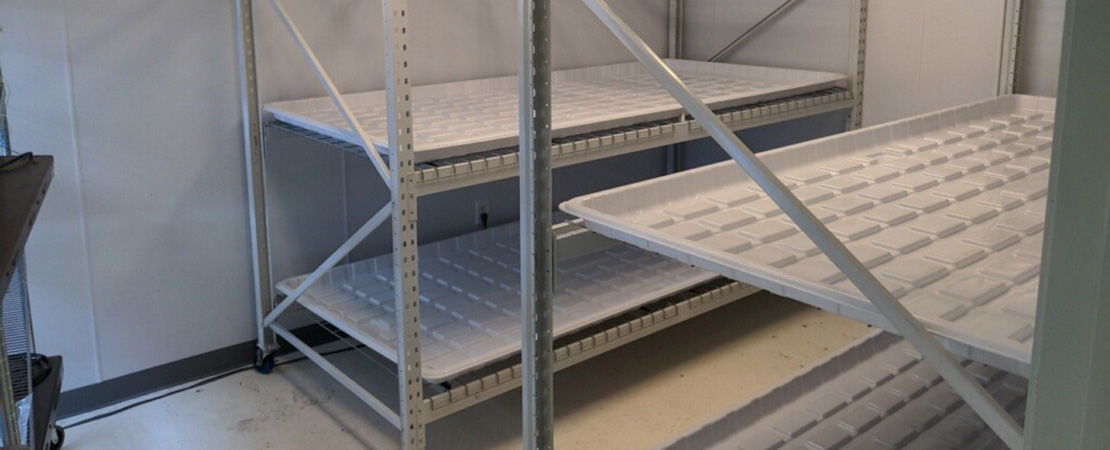
Vertical grow systems are shelvings vertically stacked that allow you to plant your crops in 1020 hydroponic grow trays.
The vertical grow racks, either as mobile carriages or tabletop caster units, give you the flexibility to maximize your grow space. They are sturdy to handle the weight of your plants, lighting, and irrigation equipment.
Start Your Indoor Commercial Grow Room With the Right Vertical Systems Specialists
The fundamentals of a professional indoor grow room revolve around costs, equipment, and design of the grow space. Having these three considerations well assessed is the bridge to your ideal commercial grow room.
A commercial cannabis operation can’t possibly be complete without vertical grow systems in place.
MMI Agriculture is a bona fide vertical systems installation company with years of experience designing grow rooms and supplying high-quality vertical grow racks. Our vertical systems are backed by a 10-year warranty, ensuring the best of both worlds in terms of functionality and durability.
Get in touch with us for a quote.

